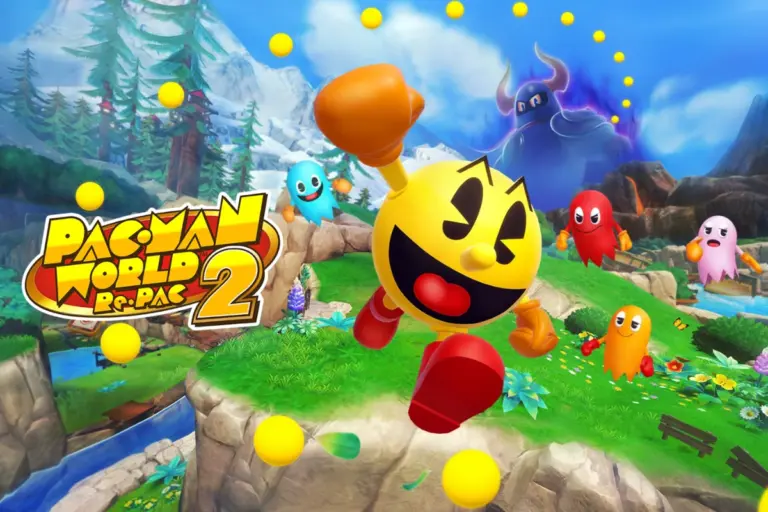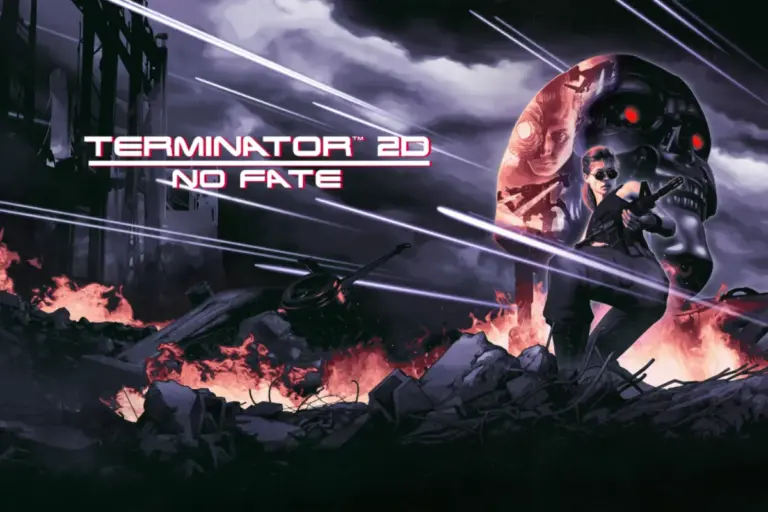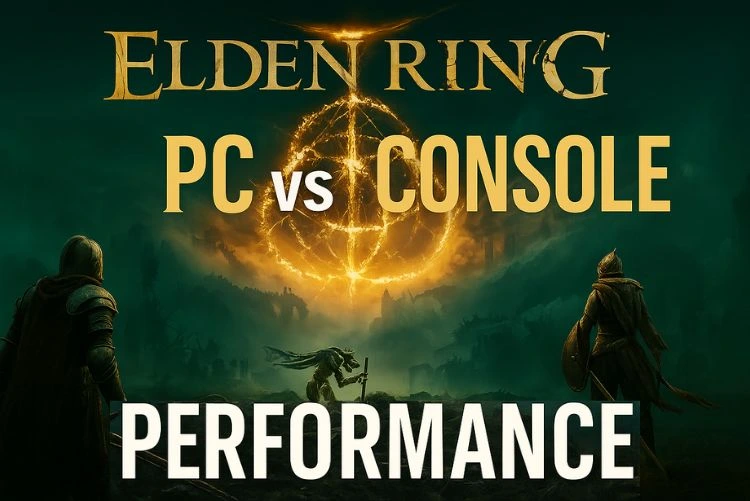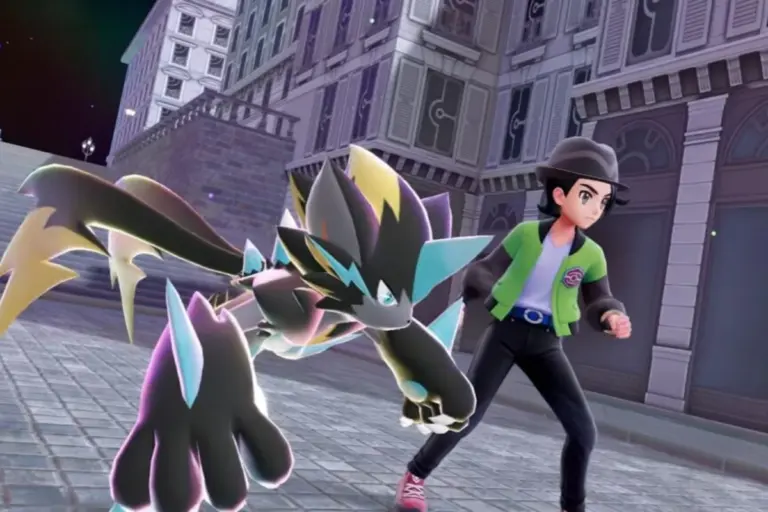Fortnite Season 5 2024- Come Out, Season end, Best live Event, EveryThing.
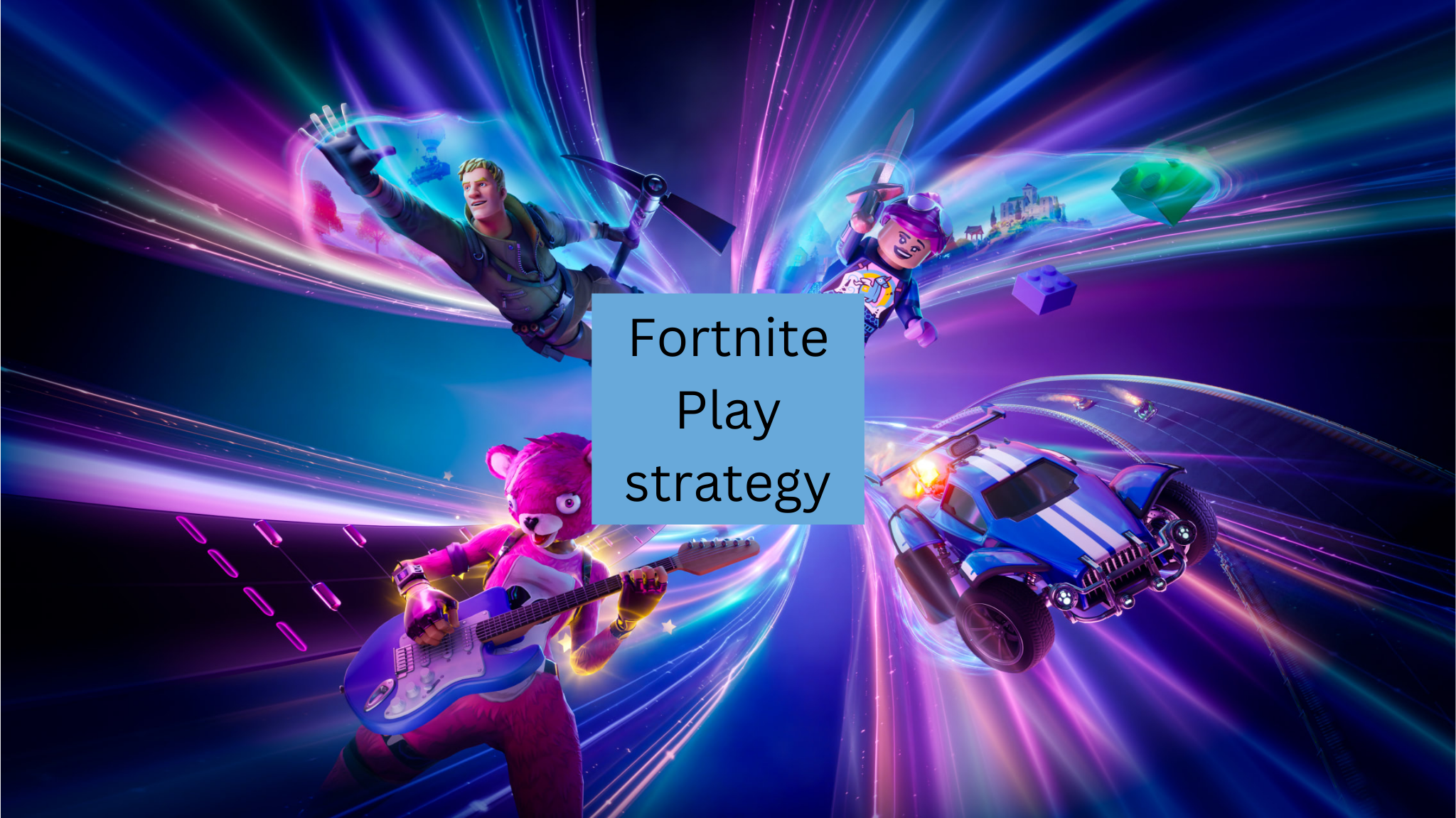
Fortnite is a wildly popular online multiplayer video game developed by Epic Games. Initially released in 2017, the game comes in two main modes: “Save the World” and “Battle Royale.” In “Save the World,” players team up to defend against zombie-like creatures and complete various objectives. However, it’s the “Battle Royale” mode that catapulted Fortnite to global fame.
In the Battle Royale mode, 100 players are dropped onto an island and must compete to be the last person or team standing as an ever-shrinking play area forces encounters. The game incorporates a unique building mechanic where players can construct structures using in-game materials, adding an extra layer of strategy.
Fortnite Play strategy
Gameplay Mechanics:
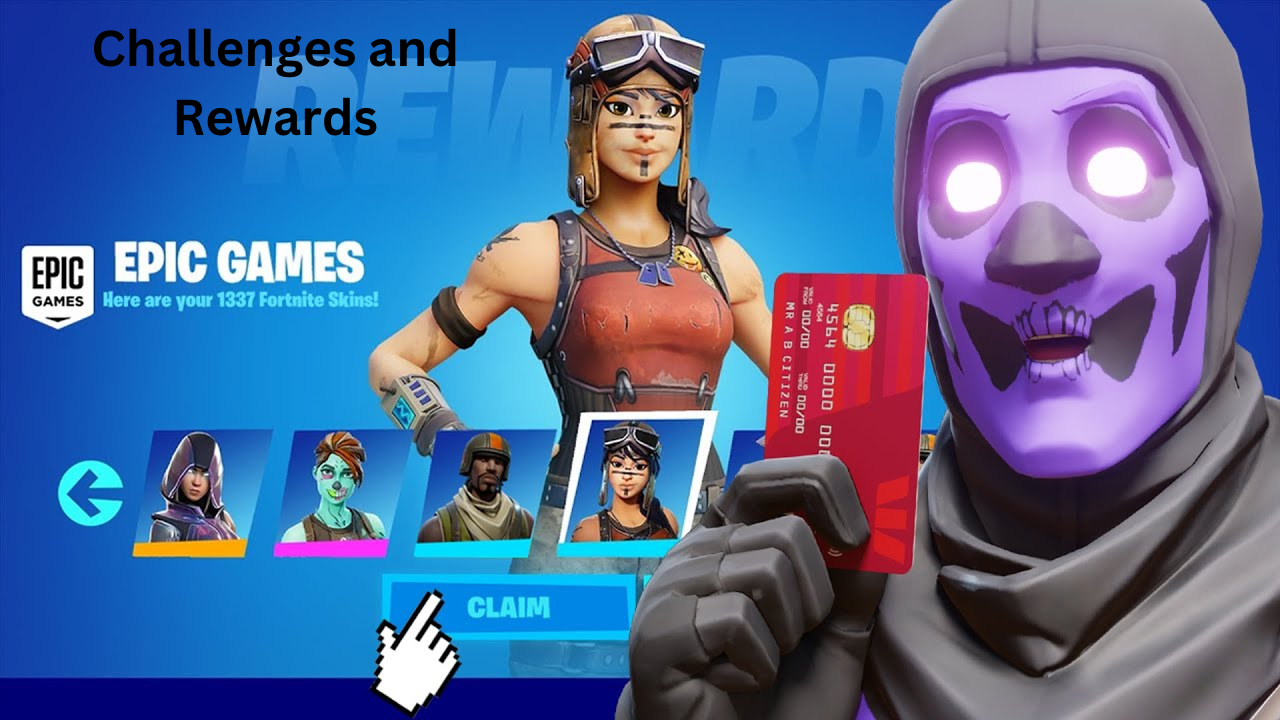
Battle Royale Format:
Fortnite’s Battle Royale mode drops 100 players onto a shrinking island, creating intense and unpredictable encounters until only one player or team remains.
Building Mechanic:
A defining feature is the ability to build structures using materials gathered from the environment. Players can construct walls, ramps, and platforms for defense or strategic advantages.
Unique Weapons and Items:
The game offers a diverse arsenal of weapons and items, ranging from traditional firearms to unconventional tools like the Boogie Bomb, adding variety to gameplay strategies.
Storm and Map Dynamics:
A storm progressively restricts the play area, forcing player encounters and ensuring matches don’t become stagnant. The evolving map introduces new locations and challenges with each season.
Looting and Resource Gathering:
Players scavenge for weapons, health items, and materials, fostering a resource management aspect crucial for survival.
Vehicles and Mobility:
Fortnite features vehicles and mobility items like gliders and launch pads, allowing players to traverse the map quickly and strategize movements.
Emotes and Personalization:
The inclusion of emotes and personalized character skins adds a fun and expressive element, letting players showcase their style and personality amid intense battles.
Collaborations and Events:
Regular in-game events and collaborations keep the gameplay fresh, introducing new challenges and environments, and even altering the storyline, ensuring there’s always something new to explore.
In-Game Events and Updates:
Live Events:
Fortnite is renowned for its live, in-game events that captivate millions of players worldwide. These events often reshape the game world, introducing changes to the map or narrative in real time.
Seasonal Updates:
The game operates on a seasonal model, with each season introducing a fresh theme, Battle Pass, and challenges. This regular rotation keeps the game environment evolving and players engaged.
Collaborations and Crossovers:
Fortnite is a trailblazer in collaborating with various franchises and pop culture icons. These crossovers bring new characters, outfits, and themed items, turning the game into a dynamic canvas for creative partnerships.
Map Transformations:
Epic Games frequently modifies the game map, either through in-game events or regular updates, introducing new locations, landmarks, and points of interest to explore.
Limited-Time Modes (LTMs):
Fortnite introduces LTMs, offering unique and often whimsical gameplay experiences. These modes can range from unconventional team battles to innovative twists on the standard Battle Royale format.
Storyline Progression:
The game’s narrative unfolds through in-game events and cinematic sequences, creating an evolving storyline that keeps players invested in the overarching plot.
Challenges and Rewards:
Regular challenges and rewards are introduced, encouraging players to explore new aspects of the game, try different playstyles, and earn exclusive items or cosmetics.
Gameplay Balancing:
Updates address gameplay balance, ensuring fair and enjoyable experiences for players by tweaking weapon stats, introducing new items, and optimizing performance
Popular Skins and Cosmetics:
One of Fortnite’s enduring charms lies in its vast array of popular skins and cosmetics, allowing players to express their individuality and creativity.
These digital outfits and accessories have become iconic, often transcending the game itself. From legendary skins that transform characters into superheroes or beloved movie characters to quirky and whimsical costumes, Fortnite offers a diverse range of customization options.
Competitive Scene:
Esports Tournaments:
Fortnite hosts a variety of esports tournaments, ranging from community-driven events to major competitions organized by Epic Games. These tournaments often feature substantial prize pools, drawing top-tier players and teams.
World Cup:
The Fortnite World Cup stands out as one of the game’s most prestigious events. In this global competition, players from around the world compete for a chance to become the Fortnite World Champion, showcasing their skills in various game modes.
Professional Players and Teams:
The competitive scene boasts a roster of professional players and established esports organizations. These players often stream their gameplay, engage with fans, and participate in both online and offline competitions.
Fortnite Champion Series (FNCS):
The FNCS is an ongoing series of competitions that span multiple seasons, providing a platform for top players to showcase their talents. It includes both regional and global competitions, offering competitive experiences for players of varying skill levels.
Content Creators and Tournaments:
Fortnite’s competitive scene extends beyond traditional esports, with content creators organizing and participating in tournaments. These events contribute to the diverse and inclusive nature of competitive Fortnite play.
Skill-Based Matchmaking:
Fortnite employs skill-based matchmaking to ensure fair and challenging matches, fostering a competitive environment even for casual players.
Continuous Updates and Balancing:
Epic Games actively engages with the competitive community, implementing changes and balancing updates based on player feedback and the evolving meta. This commitment to balance contributes to the sustainability of the competitive scene
Building Strategies:
Quick Resource Gathering:
Efficiently gather resources, primarily wood, brick, and metal, as these materials form the foundation of your building capabilities. Prioritize harvesting materials early in the match.
Ramp and Wall Combos:
The ramp-wall combo is a fundamental building strategy. When engaging in combat, swiftly build ramps for elevation and walls for cover, creating a defensive structure that offers both protection and a strategic vantage point.
Editing Structures:
Master the art of editing structures to create openings for shots or quick escapes. Precision in editing allows for seamless transitions between offense and defense.
High Ground Advantage:
Seize the high ground during encounters whenever possible. Building ramps and structures to claim elevated positions provides better visibility and control over engagements.
Boxing Up:
In intense situations, boxing up by building walls around yourself can provide a brief respite to heal or plan your next move. Be mindful of opponents attempting to break into your structure.
Double Ramp Rush:
When aggressively pushing opponents, utilize the double ramp rush technique. Quickly build two ramps side by side while ascending, providing both cover and an opportunity to gain the high ground.
Pyramid Edits:
Pyramid edits add versatility to your builds. Experiment with different edits to create defensive structures, traps, or unexpected openings for strategic advantages.
Tunneling and Rotation:
During late-game scenarios, use tunneling techniques to rotate safely through the storm or congested areas. This ensures a controlled and protected movement
Community Culture:
Creative Creations:
The community is a hotbed of creativity, with players showcasing their artistic talents through in-game creations, fan art, and custom maps. Fortnite’s Creative mode allows players to build their islands, fostering a community of level designers and map creators.
Content Creation and Streaming:
Fortnite has nurtured a thriving ecosystem of content creators and streamers. From casual gameplay to competitive matches, content creators engage with their audiences, building communities around shared Fortnite experiences.
Cosplay and Fan Events:
The community extends beyond the digital realm, with Fortnite enthusiasts participating in cosplay events, bringing their favorite in-game characters to life at conventions and gatherings.
Community Challenges and Events:
Epic Games frequently involves the community in challenges and events, encouraging participation and collaboration. From solving in-game puzzles to global events that impact the game’s narrative, players feel connected and invested in the shared experience.
In-Game Social Spaces:
Social spaces like the in-game lobby and Party Royale provide platforms for players to connect, socialize, and share experiences. These spaces contribute to the sense of community and camaraderie within the Fortnite player base.
Fan-Driven Initiatives:
Fans often initiate community-driven events, such as charity fundraisers, tournaments, or themed in-game gatherings. These initiatives showcase the diverse and proactive nature of the Fortnite community.
Shared Memes and Culture:
Fortnite has become a source of shared memes, catchphrases, and cultural references within the gaming community. These elements contribute to a sense of shared identity among players.
Supportive Environment:
The Fortnite community is generally known for its inclusivity and support. Players often collaborate on projects, share tips and strategies, and celebrate each other’s achievements, creating a positive and welcoming environment
Crossovers and Collaborations:
Iconic Franchise Collaborations:
Fortnite has seamlessly integrated characters and themes from iconic franchises, ranging from Marvel and DC superheroes to characters from movies, TV shows, and video games. These collaborations transcend gaming, creating a shared space where different universes collide.
Limited-Time Events:
Crossovers often come to life through limited-time, in-game events. These events introduce new elements, challenges, and narratives, providing players with immersive experiences that go beyond traditional gaming boundaries.
Exclusive Outfits and Items:
Collaborative efforts yield exclusive outfits, items, and emotes inspired by the partnered franchises. Players can embody their favorite characters or showcase unique cosmetic items, creating a dynamic and ever-changing in-game aesthetic.
Live Concerts and Shows:
Fortnite goes beyond traditional collaborations by hosting live concerts and shows within the game. Artists like Travis Scott and Marshmello have performed virtual concerts, turning the game into a dynamic platform for entertainment.
Innovative Storytelling:
Crossovers contribute to Fortnite’s evolving narrative. Collaborations often bring new plotlines, mysteries, and twists to the game’s overarching story, keeping players engaged with the evolving lore.
Cross-Platform Synergy:
These collaborations extend beyond the gaming sphere, as they generate buzz in mainstream media, attracting attention from fans of the partnered franchises. Fortnite becomes a cultural meeting point where diverse fan bases converge.
Promotional Tie-Ins:
Collaborations are not just about in-game content; they often include promotional tie-ins in the real world. This synergy creates a holistic experience, blurring the lines between virtual and reality.
Community Excitement:
The Fortnite community eagerly anticipates each new crossover, fueling speculation and excitement. The unveiling of a new collaboration becomes a shared experience, with players celebrating the convergence of their favorite worlds
Gaming Trends and Impact:
Live Service Model:
Fortnite popularized the live service model, where continuous updates, events, and collaborations keep the game fresh and engaging. This approach has become a benchmark for other games seeking longevity and player retention.
Battle Royale Dominance:
The explosive success of Fortnite’s Battle Royale mode propelled the genre into the mainstream. Many games followed suit, adopting the last-person-standing format, demonstrating the genre-defining influence of Fortnite.
In-Game Purchases and Microtransactions:
Fortnite’s implementation of in-game purchases, particularly through the Battle Pass system and cosmetic items, showcased a profitable and sustainable revenue model. This has influenced many games to adopt similar monetization strategies.
Cultural Collaborations in Gaming:
Fortnite’s innovative collaborations with pop culture franchises and events like virtual concerts have demonstrated the potential for gaming to transcend entertainment, becoming a cultural phenomenon that captures mainstream attention.
Cross-Platform Play:
Fortnite played a pivotal role in promoting cross-platform play, breaking down barriers between console, PC, and mobile gaming. This trend has since been embraced by other titles, fostering a more inclusive gaming experience.
Interactive In-Game Events:
The concept of live, interactive in-game events has become a trendsetter. Fortnite’s large-scale events, from season transitions to live concerts, have shown the potential for games to be dynamic, evolving experiences rather than static entities.
Emergence of Gaming Celebrities:
Fortnite has contributed to the rise of gaming celebrities and influencers. Streamers and content creators have gained immense popularity through Fortnite, influencing a new era where gaming personalities are as celebrated as traditional celebrities.
Youth Culture and Social Spaces:
Fortnite has become a virtual social space, especially for younger audiences. The game’s impact on youth culture is evident in its prevalence in schools, social circles, and conversations, influencing how the younger generation engages with gaming
Fortnite- Come Out information
Fortnite made its debut in the gaming scene on September 26, 2017, marking the beginning of its journey into the world of battle royales. The initial release hit platforms like macOS, PlayStation 4, Windows, and Xbox One. The game’s popularity soared, prompting subsequent ports to iOS, Nintendo Switch, and Android, ensuring that Fortnite’s dynamic battles reached an even broader audience across various gaming devices. Since its inception, Fortnite has become synonymous with the evolution of online gaming and cultural phenomena.
Fortnite seasons don’t just fade away; they end with a bang, leaving players on the edge of their seats. The conclusion of each season is a spectacle, marked by in-game events that reshape the landscape and set the stage for the next chapter.
These season-ending events often introduce unexpected twists, unveil hidden narratives, and leave players eagerly anticipating what comes next. The conclusion of a Fortnite season is not just a transition; it’s a dynamic and immersive experience that adds layers to the game’s ever-evolving storyline. Stay tuned for the grand finales that redefine the Fortnite universe with each passing season.
As the black hole persisted, it became a global spectacle, with millions of players watching and waiting for what would come next. The event generated immense anticipation, and when Fortnite Chapter 2 finally emerged from the void, it brought with it a new map, gameplay mechanics, and a refreshed gaming experience.
Download: Link
Click Here: How To Make Without Cost Smooth Stone In Minecraft
FAQS:
1. When is the next Fortnite season starting?
Ans: Fortnite seasons typically last around 10 weeks, with new seasons beginning shortly after the conclusion of the previous one. Keep an eye on official Fortnite announcements for precise start dates.
2. How can I participate in live events in Fortnite?
Ans: To join live events, ensure that your game is updated to the latest version. Epic Games usually announces the timing of events, and you can enter the game during the specified window to witness the event unfold.
3. What platforms support Fortnite?
Ans: Fortnite is available on various platforms, including PC (Windows), macOS, PlayStation 4, Xbox One, Nintendo Switch, iOS, and Android. Players can enjoy cross-platform play on most of these devices.
4. How do I get the Battle Pass in Fortnite?
Ans: The Battle Pass is available for purchase within the game using V-Bucks, Fortnite’s in-game currency. Once acquired, it unlocks a tiered system of rewards, challenges, and exclusive cosmetic items for the duration of the season.
5. What happens at the end of a Fortnite season?
Ans: The conclusion of a Fortnite season is often marked by a live event that reshapes the in-game world. Following this event, a new season begins, bringing a fresh Battle Pass, challenges, and often significant changes to the map and gameplay mechanics.

![BetAnySports- Interesting Strategies for Successful Betting [2024] BetAnySports](https://mediatalky.com/wp-content/uploads/2024/04/Add-a-subheading-4-1-768x439.jpg)
